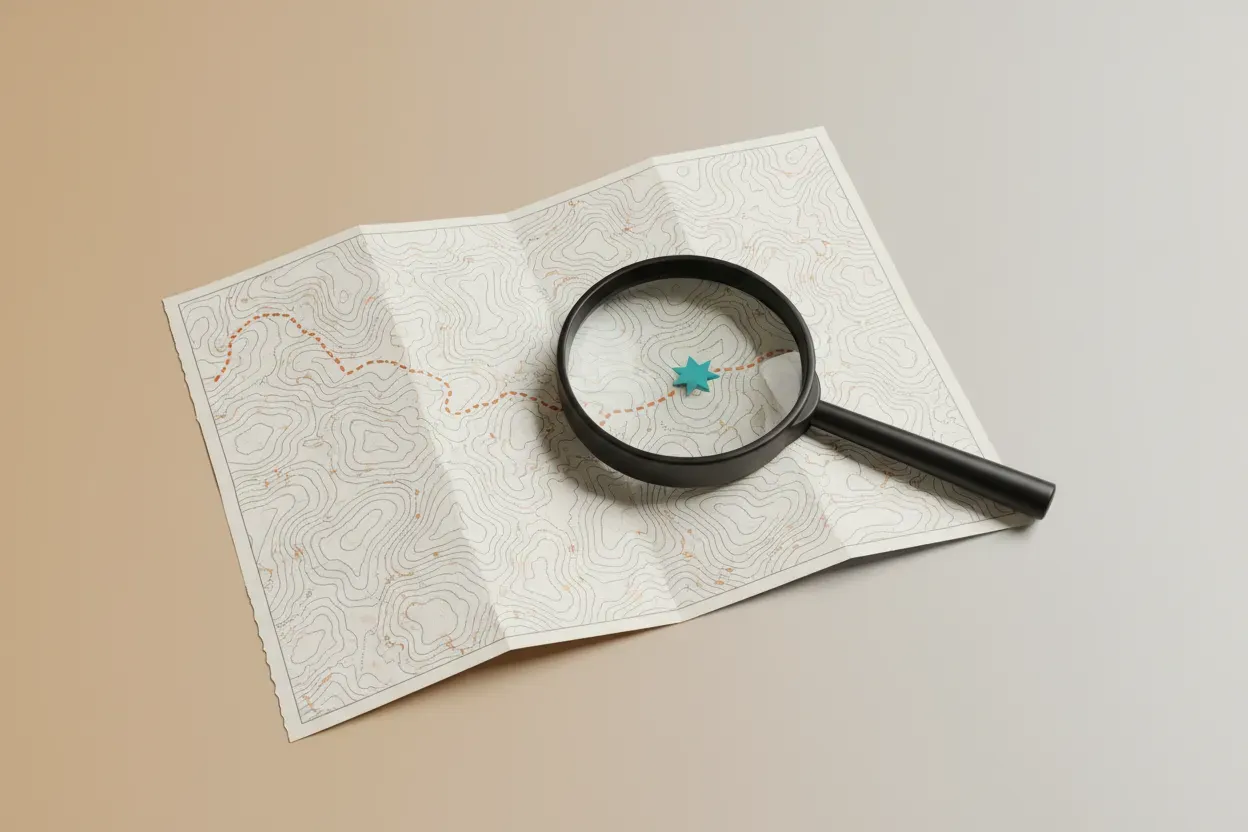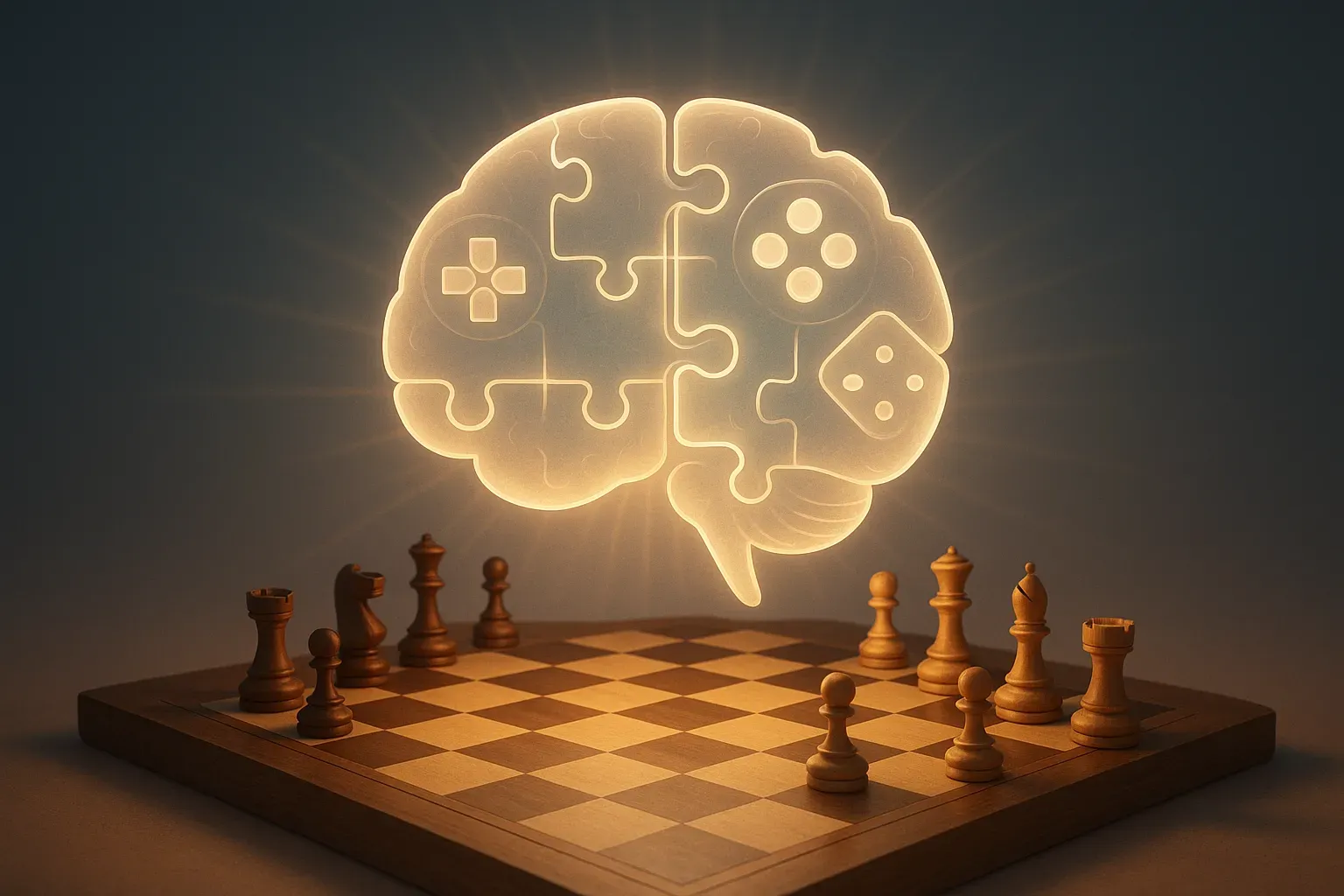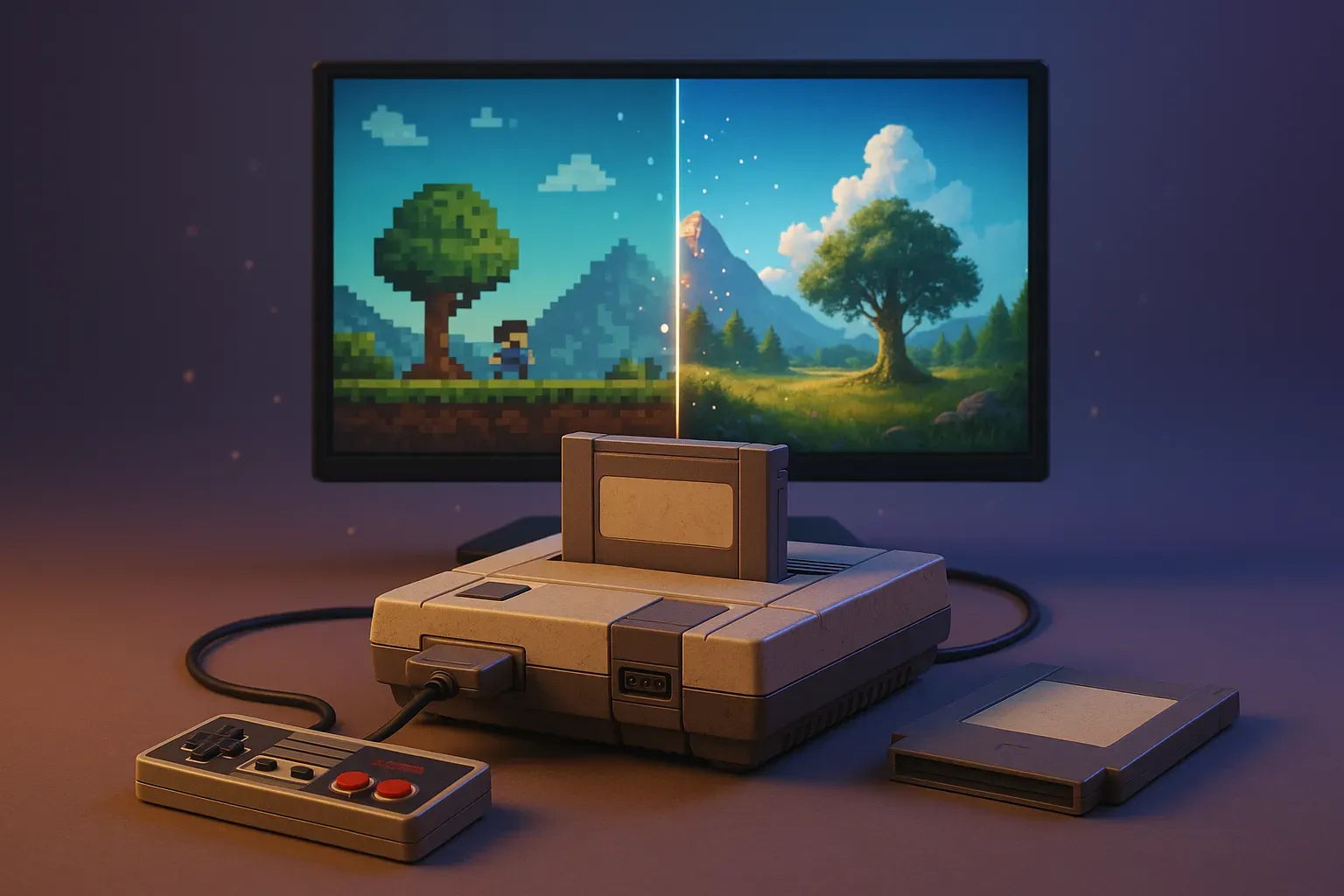10 Games We Wish We Could Experience Again for the First Time
Gaming experts reveal the unforgettable magic behind titles that left players transformed by their first playthrough. These games masterfully blend innovative design, emotional storytelling, and technical brilliance to create experiences that can never be replicated. From clever environmental puzzles to immersive alien worlds, these ten selections represent gaming at its most impactful and memorable.
- Virtual Connections Beyond Monster Slaying
- Design Stripped to Pure Intent
- Technical Brilliance Creates Seamless Alien World
- Earning Every Discovery in Outer Wilds
- Rewiring Perception Through Environmental Puzzles
- Immersive Adventure in a Magical World
- Clever Puzzles Reveal Unexpected Emotional Depth
- Storytelling That Transcends Gameplay
- Victory Through Persistence and Strategy
- Freedom to Forge Your Own Path
Virtual Connections Beyond Monster Slaying
For me, it definitely was Diablo 2 – a game released by Blizzard Entertainment in June 2000.
It was the first ARPG (Action Role-Playing Game) with deep character progression and buttery smooth equipment systems. Both are still acknowledged as state of the art and have inspired many other renowned titles such as World of Warcraft and Path of Exile.
Another noteworthy feature was its secured online multiplayer, that allowed gamers from different countries to gather in parties of up to 8 people and slash their way through zones packed with various fiends.
What made Diablo II truly unique for me was the realization that a virtual world could feel alive. It wasn’t just about defeating monsters, it was about connecting with other people, forming friendships and bonds that went far beyond the game itself. It was a powerful experience at a time when online gaming was still new.
I remember feeling like it was a game I could sink thousands and thousands of hours into – and I did – without realizing that one day I’d draw inspiration from it for my own games.

Design Stripped to Pure Intent
If I could erase one game from my memory and experience it again for the first time, it would be Journey — not because it was the most technically ambitious game, but because it taught me what design looks like when it’s stripped down to pure intent.
My first playthrough felt less like consuming media and more like stepping into a quiet experiment about connection. There are no tutorials telling you how to feel; the world, the music, and those brief, wordless encounters with other players do that for you.
As a founder, I’ve always been drawn to impact over features — and Journey is a perfect example of how narrowing your choices can amplify meaning. It proved that elegant constraints, a clear emotional goal, and trust in your audience can create something unforgettable.
I often remind my team: great products don’t try to be everything for everyone. They do one simple thing so well that you remember exactly how it felt the first time you experienced it. Journey was that for me.

Technical Brilliance Creates Seamless Alien World
Metroid Prime is one of the games that comes to mind that I’d love to play for the first time all over again; it really blew me away. The world really felt like you stepped onto a different planet. It’s so well crafted, and the engineering is incredible because the team used the hardware in the GameCube in really clever ways. For example: how the loading screens are designed. In the game, the UX hides loading by use of door opening mechanics, making the world feel more seamless. You have to shoot the doors open from a distance, and they take a second to open as you walk forward towards them, masking the loading of the next room. It’s brilliant.
The development team skillfully aligned their art direction around the technical strengths and limitations of the GameCube hardware to build a stunning living world, and came up with creative solutions that worked around the constraints while still remaining true to the expectations of the setting, yielding a plausible world.
The ingenuity and the attention to detail are exemplified by features like the visor HUD, which not only makes thematic and functional sense but also incorporates rich details such as the reflection of the main character when flashing lights would appear in front of the visor. Another example is the scanning feature within the visor that incentivizes the player to explore the world. Thanks to this, the game is able to build deep lore and enables the player to discover an ancient civilization, without a single line of spoken word necessary! This not only allowed the dev team to build strong narrative but also to work around the costs of making expensive voice recordings and running out of space on the GC optical disc.
It was a troubled development process because the team initially faced challenges around bringing concepts that work in 2D games into 3D, especially considering the hardware limitations. Through a reset late in development, and strong craftsmanship and problem solving, the team was able to deliver a title we still talk about to this day. I will personally never forget the first time I landed on Tallon IV, and it left a lasting impact on me showing how the medium can really captivate our minds through skillful application of crafts and ingenuity.

Earning Every Discovery in Outer Wilds
Absolutely, Outer Wilds. It’s so amazing and wonderful that the game was so hard to explain but at the same time so easy to experience. My first run was an absolutely true adventure, all through the quiet banjo at lift-off and up to sketching star maps at 2 a.m. after a hard-won clue clicked. The world did not spoon-feed answers, so each insight felt like it was earned and was personal. To get that feeling back in any mystery-heavy game, go in blind, avoid guides, and keep a notebook for patterns, codes, and hunches. Play with good headphones, consider every session as one clear question to test, and stop right after a breakthrough to let it sink in. That combination of curiosity, limitations, and contemplation turned a smart puzzle box into a memorable journey.

Rewiring Perception Through Environmental Puzzles
The game I wish I could erase from my memory and experience again for the first time is The Witness. It’s not an action game; it’s a puzzle game that fundamentally changes how you view structural reality. The conflict is the trade-off: I wanted the satisfaction of solving the puzzles, but the game demands that you rewire your brain to understand the environment as the key to the solution.
The initial playthrough was so special because of the structural discipline it enforced. Unlike games that give you verbal instructions, The Witness forces you to see the abstract rules of the puzzles reflected in the physical layout of the island—the shadows, the trees, and the architecture itself. I realized my initial problem-solving approach was a structural failure because I was treating each puzzle in isolation, ignoring the larger, interconnected systems governing the whole island.
This challenged my perspective by proving that true mastery comes from hands-on structural observation. I learned that the answer to any immediate problem (a locked gate, a confusing code) is always found by observing the broader structural context, which is the same principle I apply to finding a hidden leak on a heavy duty commercial roof. The best feeling was securing that initial understanding, which immediately transformed my competence. The initial playthrough was committed to a simple, hands-on solution that prioritized environmental structural analysis over brute-force effort.
Immersive Adventure in a Magical World
I’d love to erase The Legend of Zelda: Ocarina of Time from my memory and experience it for the first time again. That initial playthrough was magical because it was one of the first games that truly immersed me in its world. The sense of discovery, the vibrant landscapes, the unforgettable soundtrack, and the feeling of growing stronger as Link—everything about that experience felt new and groundbreaking.
The moment I first stepped into Hyrule Field, with its vast open world and soaring music, was awe-inspiring. The puzzles, the dungeons, and the bond with the characters felt so meaningful at the time. It wasn’t just about completing quests; it was about the adventure itself, about uncovering secrets, and feeling like I was truly part of the story.
That first-time wonder is something that’s impossible to replicate once it’s experienced. Erasing it would let me rediscover that magic—like a fresh chapter in a story I’ll never forget.

Clever Puzzles Reveal Unexpected Emotional Depth
I’d pick Portal 2. Experiencing that game for the first time was like solving a magic trick you didn’t realize was happening right in front of you. The puzzles were clever, but what really made it special was the storytelling hidden inside them — the way humor, tension, and mystery all unfolded as you played. Every level felt like a revelation, and by the time the ending hit, it was both satisfying and unexpectedly emotional.
What made that first run unforgettable was how smart it made you feel. It wasn’t just about beating the puzzles; it was about catching on to the rhythm of the game’s humor and logic at the same time. Few games manage to blend design and storytelling so seamlessly, and that first experience — not knowing what the next twist or joke would be — is something you can’t ever quite recreate.

Storytelling That Transcends Gameplay
A game I wish I could forget to play again, as if for the first time, is The Last of Us. The first playthrough was, quite literally, gut-wrenching, and I mean that in the best way. The writing, the tension, and especially a couple of moral choices made me get lost in this PlayStation set piece like never before. It was exciting to see the way gameplay and storytelling were able to work together so seamlessly. Every combat encounter felt like it was grounded in something that mattered, every failure was deflating, and the world design made exploration into something other than empty calories or filler. When the credits rolled, I just sat and tried to absorb what I’d felt rather than what game stuff I’d seen.

Victory Through Persistence and Strategy
I want to play Dark Souls again. Getting destroyed by the same boss dozens of times, then finally finding a strategy that works, that feeling is incredible. It’s like debugging a stubborn piece of code. The frustration, then the sudden breakthrough. If you’re starting something new, don’t fear the failures. You learn the most from the moments that make you want to smash your keyboard.
Freedom to Forge Your Own Path
I wish I could forget Elden Ring just to play it fresh again. That freedom felt like building PlayAbly from scratch, where every choice was my own. I found secret spots and allies I never expected, making the world feel like mine. If you want that feeling of finding something yourself, play games that let you carve your own path. That satisfaction sticks with you.










































